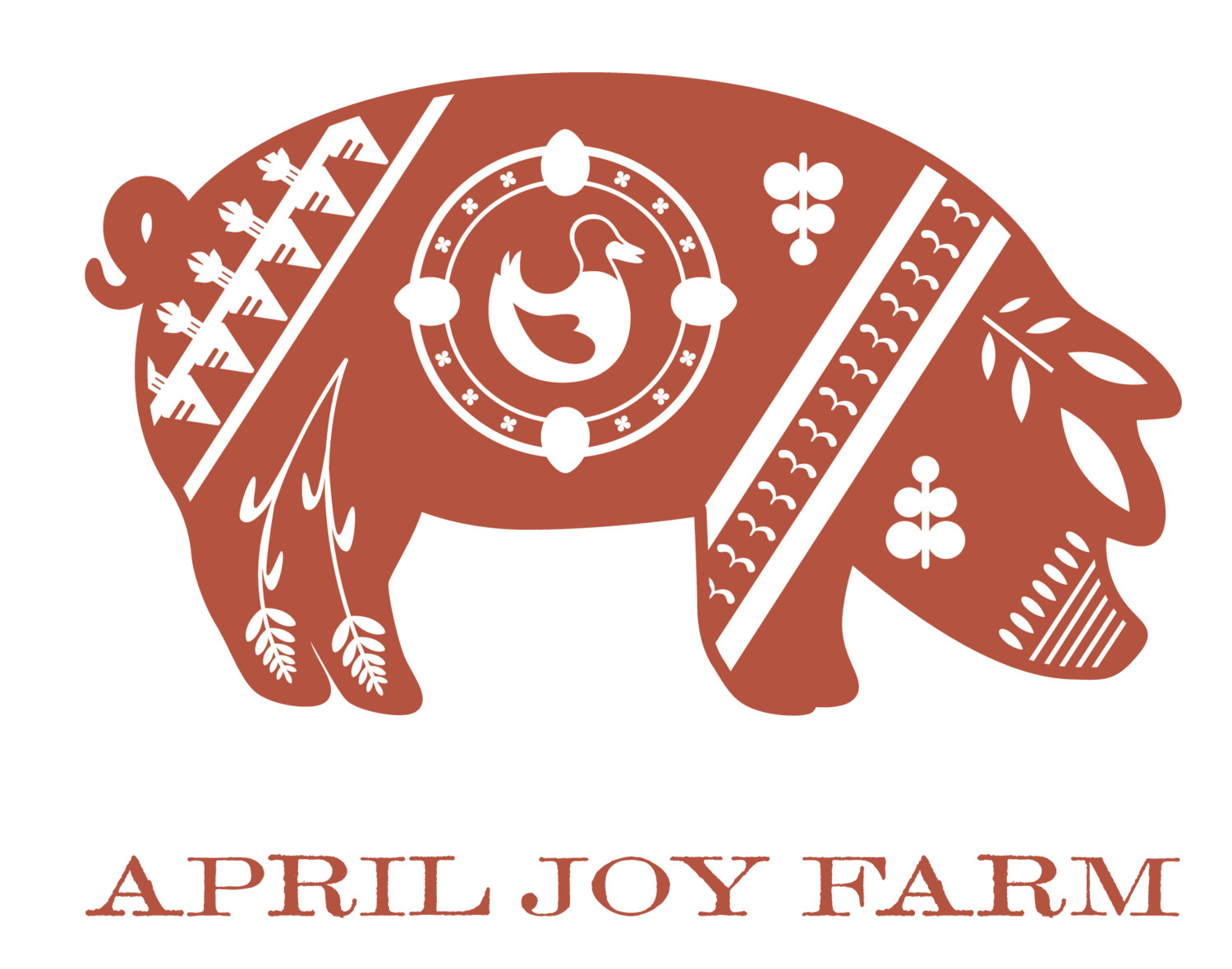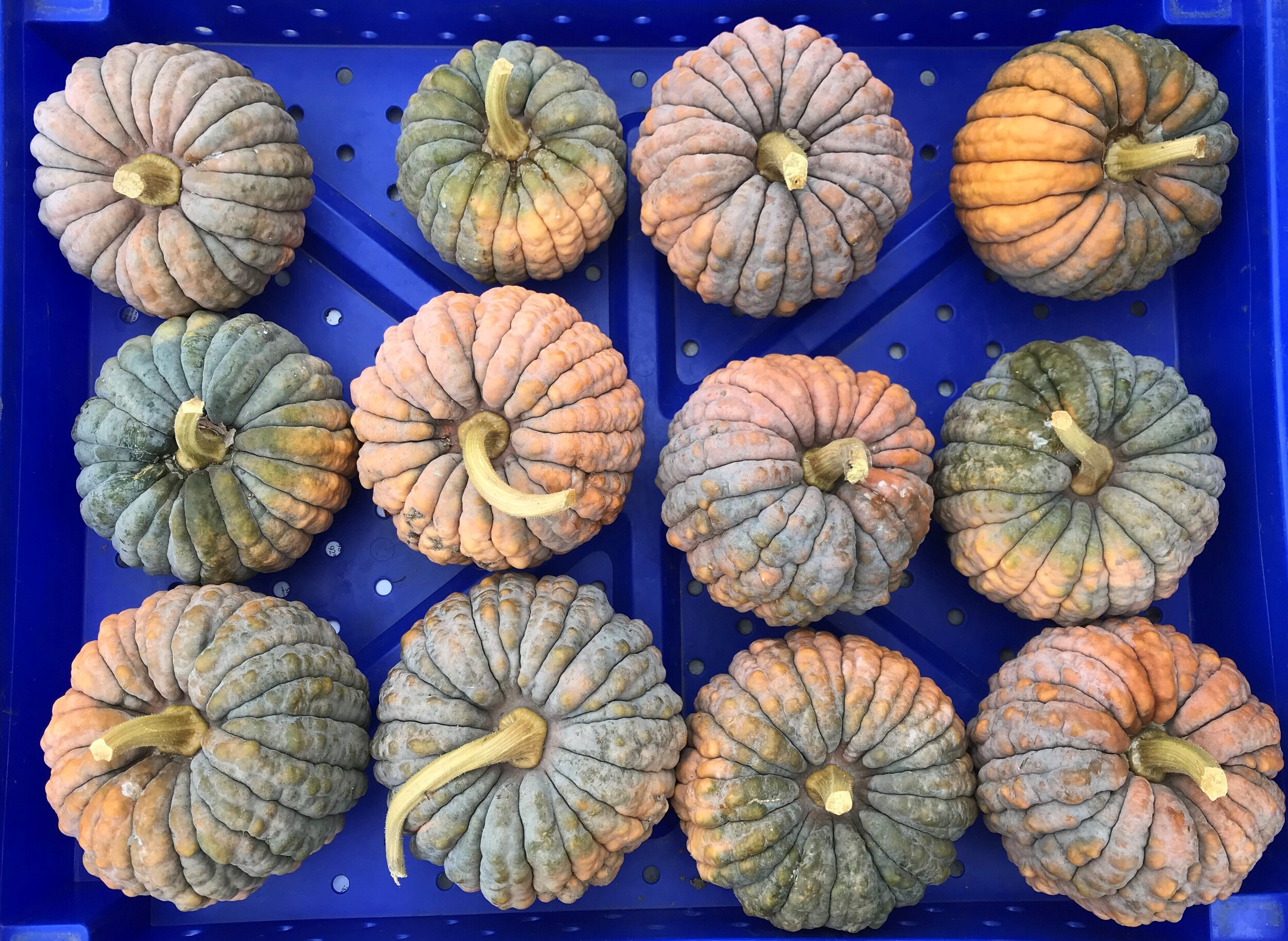Nourishing Bites | Start Singing Part 1
Part I (Read Part 2, Part 3, Part 4)
I know I’ve written quite a bit about my love for integrated approaches to farming.
One fascinating way the beauty and power of a systems approach is manifested is in relation to how we tackle the work of solving challenges or problems. It’s easy to fall into the trap of thinking big problems call for grand, complex solutions. But that’s not always the case.
Steve Gabriel is an ecologist, educator, and farmer in New York. In 2018 he wrote a book about Silvopasture-- the concept and practice of connecting forest land with grazing animals in mutually beneficial ways.
In our country, the use of silvo (latin for forestry), as pasture (for grazing animals) has historically created a multitude of problems, resulting in denuded land and ill-fed animals.
However, Gabriel writes that with diligent stewardship, reconnecting these two systems of land management (forestry and grazing) can foster highly beneficial solutions for farmers, animals, and the land itself.
As Eric Toensmeier, a researcher for Paul Hawken’s Project Drawdown, explains in the foreword to Gabriel’s book, “In the final analysis, silvopasture, a relative unknown, emerged with the most powerful climate impact of all agricultural production solutions.”
Now, silvopasture done right, takes a lot of planning and ongoing attention.
It’s not a straightforward practice. But as he writes about the major issues facing our current food system, Gabriel explains, “The solution to these myriad problems is not to continue to separate and isolate, but to look at them together. This is known as intersectionality: the study of how parts are related, in which the overlapping issues actually help us see the problem better.”
By identifying all the distinct problems of a system and specifically their relationships with and to each other, we can focus, in essence on solving for the whole of the equation.
I’ve been thinking a lot about that idea lately.
While I’ve long understood the value of diversified, connected enterprises (how can the different aspects of our farm support the overall health and well being of the farm ‘organism’ to use the language of biodynamics), I had not ever framed the work in this way.
I’d always thought about what the benefits, services, the “good” things each aspect of my operation could provide, and how I could couple these to leverage the end results. But Gabriel charges us with assembling the list of problems and challenges we face, and thinking about them in relation to each other and to our greater goals.
Whoa! That’s tough.
My approach has frequently been to focus on one problem at a time. It feels overwhelming to spend time listing everything that isn’t working. And then to hold that big long list in my hands and think about it all together? Gulp!
It seems far easier to just take one thing at a time, figure out what’s “wrong” and then pinpoint a customized solution for that precise problem. But therein lies the catch… sometimes it takes reframing the whole of the ‘problem’ to find authentic, true solutions.
Gabriel’s premise is clear. Sometimes the most effective way to solve one problem is to solve many problems at the same time.
Oftentimes, you can’t really remedy one problem unless you address the system-based foundation. As he says, “Most often each of these [big problems in the larger food system] is looked at and dealt with in isolation, yet not one of them can be solved without also trying to solve the others. It is at the intersection of these issues that true solutions emerge.” In seeing these problems, and exploring where they intersect, we can develop meaningful solutions to actually change systems on a large scale. This type of thinking...leads us to a place closer to where our values lie, and offers a life rich with meaning.”
Which leads me to the other thing I’ve been thinking about— this concept of effecting change and making progress.
Once I’ve decided on a goal and have a clear vision to overcome or fix a challenge, I can be so very impatient with the minutiae of everything it takes to make it happen. I can see in my mind’s eye how *perfect* it will all be if only I could just ‘get it all done.’
But one big lesson I’ve learned from years of this farming practice, whether I’m building relationships or building soil, after setting the vision and committing to the work, oftentimes (not always, but more than you might think), the best approach is ALBED.
That’s my feeble acronym for a little bit every day.
This may sound unimpressive, but it’s actually one of the best ways I’ve found to shift the course of my life for the better.
Which leads me to habits.
We often think of habits as activities we intentionally cultivate- thoughts and actions we consciously choose. But life on the farm has taught me that whether I realized it or not, my life is chock full of every day type-habits, some that I don’t even notice! Regardless of my awareness, all habits have real consequences-- some good, some not so beneficial.
Once I recognized this, I could see all sorts of ways to leverage my daily routine to make a meaningful difference with respect to some daunting challenges. And sometimes, ALBED is not even an action, but a thought pattern, or a positively redirected intention.
Next week, I’ll share how this practice shows up bigtime at the farm.
Speaking of cultivating good habits, each night, I make a point to give Brad a hug and a kiss, and to tell him one thing I really appreciate about him, or to thank him for something he’s done to enrich our farm. It takes mere minutes, and yet, I’ve done it long enough that now that it doesn’t feel right to go to bed without completing this little ritual.
Just like Brad can’t seem to go one day without befriending a critter or giving a feathered buddy a special, fully catered supper. What a guy. ~AJ
The Gifts of Diversity: Hidden In Plain Sight (Black Futsu Winter Squash)
“Don’t judge each day by the harvest you reap but by the seeds that you plant.”



